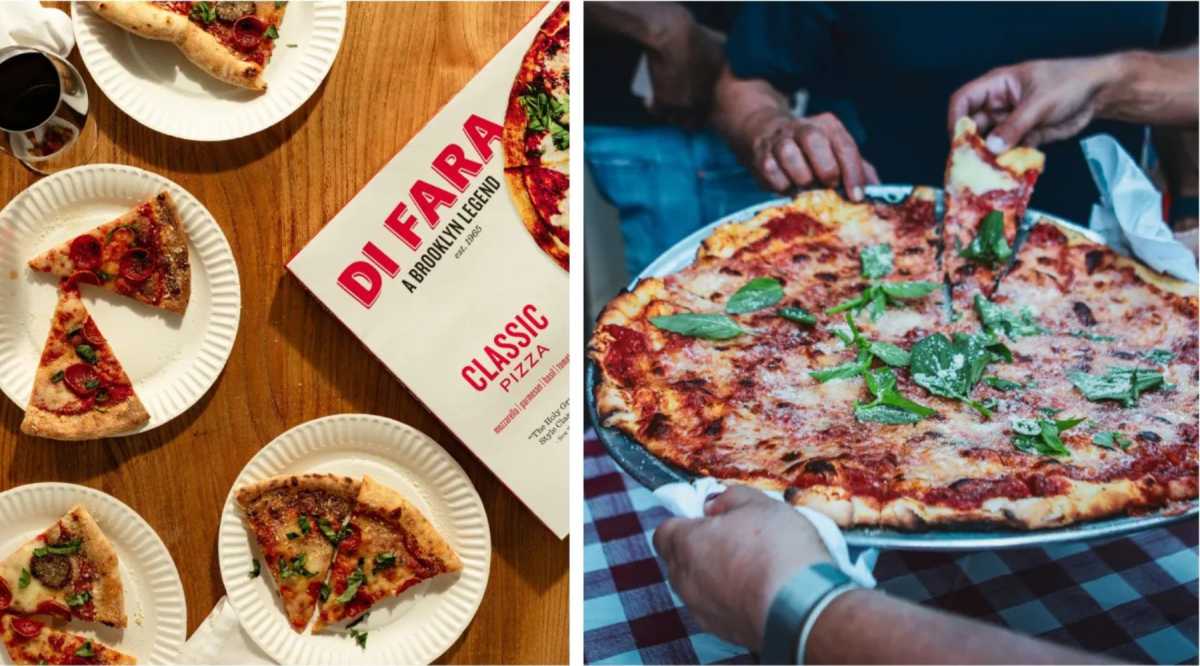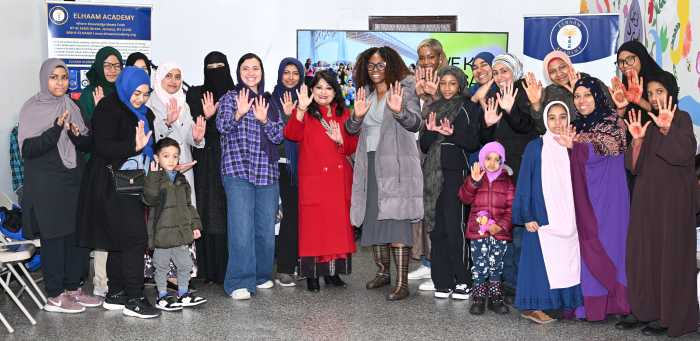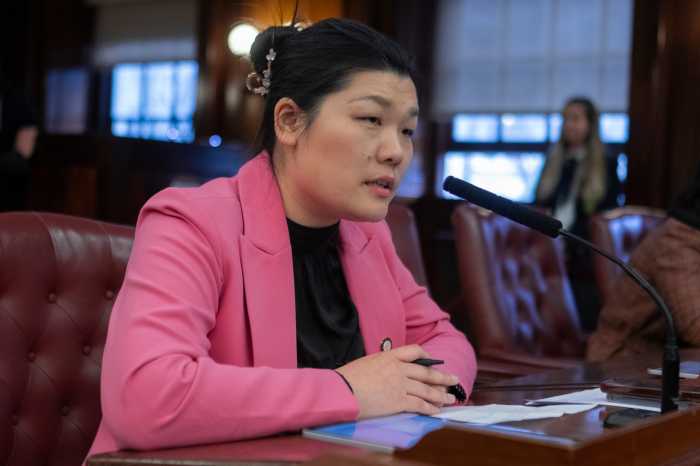For 24 years, St. Paul Community Baptist Church in East New York has presented “The MAAFA,” a large-scale theatrical production that explores the trauma endured by African slaves, including the deadly “Middle Passage” journey of the Trans-Atlantic Slave Trade. The church itself is also transformed into a museum containing artwork and historical artifacts.
We spoke with Rev. David K. Brawley (pastor of the church) and Lakai Worrell (director of the production) about “MAAFA” (a Kiswali term for “disaster”) as a concept and as theater.
How would you define “MAAFA”?
Lakai Worrell: A spiritual ritual designed to heal and transform people of African descent.
David K. Brawley: It is a healing journey. …What we’re trying to do is bring healing. There is a healing that has to happen in America. We have to heal ourselves from all this past trauma.
How would you classify “The MAAFA” as a work of theater?
DB: We don’t want to call it a performance. We call it a psychodrama. It is meant for people to literally go back through the experience. … My predecessor, Dr. Johnny Ray Youngblood, found that we had yet to heal from our wounds from slavery, so he looked creatively on how to give voice to our trauma. We were trying to come up with a modality whereby we get in touch with the vestiges of slavery.
What does the production consist of?
DB: Historically, it takes you from the west coast of Africa and brings you up into around the 1850s or so. It kind of connects the dots for us in terms of our history. …When Lakai took over (as the director), he created a model for us that was less eclectic, easier to follow and more well-linked.
LW: In collaboration with the pastor’s vision, I will craft the story that needs to be told based on what our theme is. For [this year’s theme of] “Eradicating Slavery’s Legacy,” I created a story which I believe touches on how we actually do that. … It highlights self-trauma and how we can move out of it and how we can help each other get out.
Who takes part in the production?
LW: We have presently 50 people in the cast. The age range is 8 to 78. The workload is shared across the board. Everyone dances and sings and acts.
DB: The majority of the participants are members of our church. …We invest a lot of sweat equity in this — capital, resources, time, space, energy.
Would you consider this to be community-based theater?
LW: It is community-based theater at its best, as it is rooted in the center of one of the most negatively labeled communities across the tristate area, East New York. It is born from the unanswered needs of the community and works to be an agent of change for the constituents living in the area.
What is the rehearsal process like?
DB: It is a long and intense process which takes many months of work.
LW: There is a spiritual preparation, a mental preparation and a physical preparation.
What is the physical preparation?
LW: To depict the life of a slave, we have to understand their movement. We spend a great deal of time doing workout sessions which help everyone to understand how to go from standing tall to being beaten. They train themselves to manipulate their bodies into a slave’s posture. Being an African in this village, you would stand and speak and present yourself in a certain way. But after being prepared for slavery, your body shifts.
If you go: “The MAAFA” runs Sept. 16-21 at St. Paul Community Baptist Church. 859 Hendrix St., Brooklyn, spcbc.com.




































